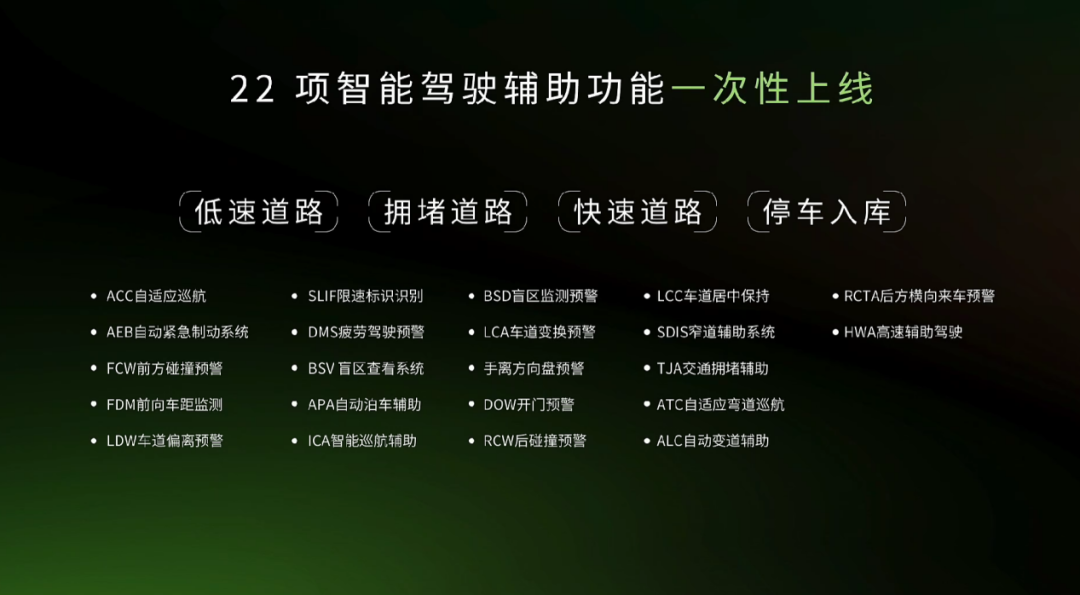Author: Zhang Tao
Yesterday, the Ideal L7 went public, and its 5-seater SUV at the price of RMB 319,800 is irresistible to everyone present.
What if there is another car that is half the price of the Ideal L7?
ZERO RUN also had this idea, so they launched the extended-range version of ZERO RUN C11, with a pre-sale price of RMB 159,800 to 200,000, and directly displayed “Buy Me” on the public screen.

Starting with pure electric and then extending the range is a more radical approach, which is also the same approach taken by the Voyah and Tianji models. Everyone knows the results.
However, the results may be different for the ZERO RUN C11. The extended-range version of ZERO RUN C11 follows the path of large battery packs (there is also a small battery version), with a 43.74kWh battery pack. The pure electric range can reach 285 kilometers, which is more than that of Ideal L7 launched yesterday.

The three driving modes of fuel priority, pure electric priority, and hybrid are basically the same as Ideal, but at the press conference, ZERO RUN also mentioned an extreme pure electric mode, which maximizes the use of batteries for driving. It is battery-driven with fuel as a supplement, so you can also regard the C11 extended-ranged version as an electric car with a 285-kilometer range.
As for pure electric vehicles, there is no range anxiety for the extended-range version of C11. It can be fast charged in half an hour, and slow charged in 3.8 hours. If necessary, you can even add fuel.
At the press conference, ZERO RUN also emphasized that the extended range should have a large battery pack instead of a large fuel tank. So we may easily overlook that the car uses the same 1.5T three-cylinder extender as the Ideal ONE three years ago.
Where is the confidence to compete with the Ideal L7?
First, the size. Although ZERO RUN officially calls the C11 a C-class car, its size is actually much smaller than that of the L7. Compared with the pure electric C11, the extended-range version only increases in length, with the wheelbase unchanged.“`

The lengthening of the car’s body is reflected in its appearance. In the extended-range version, the front grille has been opened up and a new air intake grille has been added to meet the cooling needs of the extended-range engine.

The cabin features the familiar tri-screen arrangement, consisting of a 10.25-inch instrument screen, a 12.8-inch central control screen, and a 10.25-inch passenger entertainment screen. The three screens can be interconnected. The car is powered by a Qualcomm Snapdragon 8155 chip, which is basically standard equipment for intelligent cars at present.

The key point is Leapmotor Pilot, a self-developed intelligent driving assistance solution by LI. The system comes standard with 28 sensing hardware modules, including binocular cameras, millimeter-wave radars, and so on, but without lidar.
As is well-known, lidar is expensive and the technology is not yet mature.
In an interview, LI CEO Zhu Jiangming also stated that competitors (such as Li Xiang) installed lidar worth tens of thousands of yuan when the technology was not yet mature, and did not bring any benefits to users. Similarly, the extended-range engine and various hybrid technologies cannot be considered advanced. For example, the DHT technology integrated with the gearbox may only be used for 10% of the time, which is a waste.
Therefore, Zhu Jiangming repeatedly emphasized that LI is user experience-oriented, and will not let consumers pay for redundancy. This is also reflected in the smart driving chip.
The C11 uses the self-developed Lingxin 01 chip by LI, with a single chip’s computing power of “only” 4.2 TOPS. The pure electric version of the C11 uses two Lingxin 01 chips to achieve level L2+ semi-autonomous driving.

“`
And the C11 extended-range version can also achieve 22 ADAS functions, including ACC adaptive cruise control, LCC lane centering assist, HWA highway assist, and ALC automatic lane change assist. Moreover, this software and hardware system can support up to level 3 assisted driving.
Now let’s take a look at the competitor mentioned by Zhu Jiangming. The computing power of NIO’s ET7 exceeds 1000 TOPS, and the computing power of Li Xiang’s L9 reaches 508 TOPS. Both cars are equipped with lidar, but in reality, they do the same job as the C11 with only 8.4 TOPS of computing power. Isn’t that a kind of waste?
B-Series Plan: A New Chapter in Global Expansion
The B-series is the B-class car that Li Xiang will soon launch. In an interview, Zhu Jiangming revealed that the B-series models will debut at the Munich Auto Show and will feature Li Xiang’s new self-developed technology, including the lighter and lower-cost CTC2.0 technology and the centralized domain control architecture.
The advantage of the centralized integrated architecture is that it can further reduce the number of controllers, reduce harness density, and improve the efficiency of the entire vehicle.
The B-series will also be the first to be equipped with the 8295 chip, which can be combined with the central domain control for further efficiency improvements, such as greatly reducing OTA upgrade time.
The reason why the B-series chose to debut at the Munich Auto Show is that it will become a global model for Li Xiang, opening a new chapter in its global expansion.
This article is a translation by ChatGPT of a Chinese report from 42HOW. If you have any questions about it, please email bd@42how.com.
